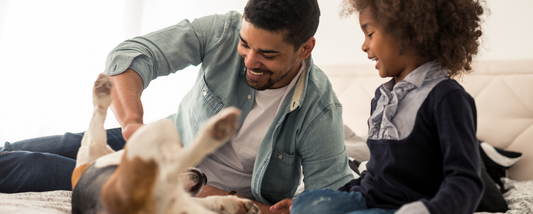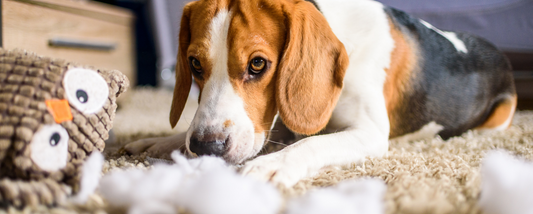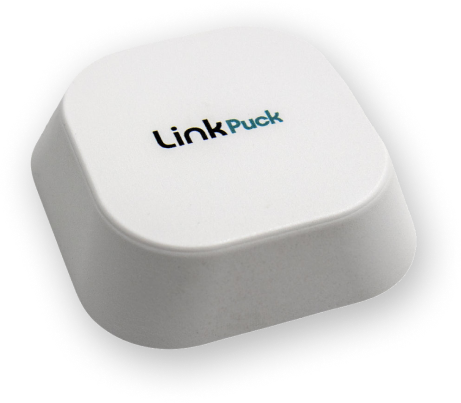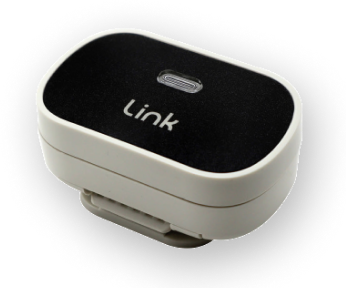Your pooch might be the most adorable pet on the block, but there’s nothing appealing about the potty accidents or other dog mess he leaves behind. Cleaning muddy paw prints, dog hair-covered furniture, slobber, and inside urine and poop stains are likely your least favorite pup-related chores.
Making things right for some of these accidents is a race against time and chemistry. For example, the longer urine sits, the longer it has to leave a permanent stain and odor that your dog’s supersensitive nose can detect. That makes him likely to use the same spot again and again. Here’s what to do to make quick work of tidying up all your four-legged friend’s sloppiest messes.
Urine and Fecal Stains
Let’s start with the stinky stuff. Not only do they smell bad, but you might not discover exactly where they are until you step in them! Quick cleanup is crucial to making sure your pup doesn’t potty in the same spot. A note: some pet parents suspect their pet is peeing and pooping indoors out of spite or because he’s lazy. Yet most accidents occur for other reasons:
- He doesn’t understand where he’s supposed to go.
- He’s not given ample and frequent opportunities to go outside.
- He has a medical problem.
Urine stains are particularly difficult to remove. An equal parts mixture of water and white vinegar should be applied to the spot and left to soak for about 30 minutes. The vinegar’s acid neutralizes the odor. Once soaked, sprinkle some baking on the stain and then vacuum.
Inside poop accidents are usually easier to pick up, but the residue left behind has to be dealt with. Put on some rubber gloves, scoop up what you can, and then:
- For carpets, use dish soap and water and a sponge (which you can throw away).
- For hard surfaces, clean with white vinegar and water.
- Blankets can be thrown in the wash.
All surfaces can then be sprayed with a solution of equal parts rubbing alcohol and white vinegar.
Diarrhea
Before trying to clean up, use sawdust or another type of dry binder to make the liquid pile return to a solid mass for easier pickup. Then clean as you would for poop and pee stains.
Pet Hair
It seems to get everywhere: clothes, furniture, carpets, and even our food! Vacuuming is the best line of defense in keeping pet hair at bay. Running a damp cloth or using a pet-hair roller on furniture first helps, and a wire brush is great for digging deep into carpets. Finally, regular brushings, outside whenever possible, are helpful.
Mud Messes
Efficiency is key to dealing with the mud your pooch brings in. Lots of paper towels or rags you can toss in the wash work better than a mop, which can push the mud around. If the mud is on a carpet or fabric covered furniture, wait for it to dry so you can brush it off. Then clean and vacuum.
Slobber
It’s sticky and yucky and tough to get up. Since you can’t spend your day chasing your pooch to catch it before it falls, buy a good pet-safe cleaner and use a sponge to clean walls and floors once a week or so.
If your pup is having a lot of indoor accidents, he could have a medical problem. Or you might need to up his training. Either way, you’ll both be happier when you can get to the root of the problem!





